зБЂжЫЬжЧ•, 8жЬИ 31st, 2010...2:50 PM
Hydrangeas – Exploring Hase, Kamakura Part2
Reading time: About 4 minutes
Hydrangeas – Exploring Hase, Kamakura Part2Now on to one of KamakuraвАЩs famous temples, Hasedera. Not only does this temple allow one to enjoy the Hase Kannon and the many flowers blooming in the vicinity, but also gives its visitors a taste of Buddhist teachings and of history.
The main temple building
One of its main highlights, the “Hase Kannon,” is one of JapanвАЩs largest wooden Avalokitesvara sculptures standing 9 meters tall. With its shiny gold color, it doesnвАЩt disappoint. There is a ban on photography, so for particulars, please refer here (https://www.hasedera.jp/01_hasedera/01/index.html).
An elevated spot looking over the Miura Peninsula. With places to eat nearby, there is more to this area than just visiting the temple.
The main trait of hydrangea at Hasedera is that they are not only found on blooming on level ground, but also on the side of the hills near the seashore, giving this area a different intensity compared to other places in Kamakura.
It was a weekday afternoon the day I visited, and was still highly congested with sightseers. Hasedera Temple competes for first or second place as KamakuraвАЩs most popular вАЬhot spot,вАЭ so to avoid crowds, I recommend visiting on a weekday morning.
As part of the memorial service to mourn the death of a newborn baby, it is possible to erect a Jizo (ksitigarbha) statue, which is said to connect the service and Hasedera, as well as show appreciation towards Jizo.
The garden on temple grounds grows flowers based on the four seasons. In June, iris flowers are in bloom.
After seeing the Kannon, itвАЩs on to Kotoku-in Temple of Kamakura to visit the great Buddha statue. It is considered to be the symbol of Kamakura, and throughout the ages, has brought countless people to the area.
The statue at Kotoku-in Temple which boasts a height of 13 meters was built around 1200, but who built it and all other details are unknown.
The Kangetsudo, or вАЬmoon viewing temple,вАЭ is a globally important building as it conveys the architectural style of the middle ages.
This was once the foundation stone of the great Buddha statue, but is now a bench for visitors.
It might not be the best thing to stand on top of it.
Walking along Yuigahama Avenue towards Kamakura, I headed north to the Kamakura Museum of Literature. On display are works from many of KamakuraвАЩs literary figures, including Kawabata Yasunari.
Passing through the hollowed-out rock tunnel reveals a spectacular western-style house.
During the Meiji and Taisho periods, Yuigahama Avenue was a thriving shopping district with many villas built on the surrounding property. Even to this day countless cars pass through this bustling area. Close by, near the Enoden Line Wadazuka Station, is the Inoue KamabokoвАЩs main branch. This store is famous for kamaboko (fish paste) and hanpen (pounded fish) and has been in business for over 60 years.
Kamaboko and hanpen goes perfectly as a snack with beer or sake and is enjoyed by people of all ages. They make a great souvenir gift.
On Yuigahama Avenue are also found six Jizo statues. Once youвАЩve made it this far, it is only another ten minute walk to Kamakura station.
TodayвАЩs hydrangea viewing course was completed in about half a day, fully going through all of KamakuraвАЩs highlights. The pace was a bit slow, however, and if one were to walk slightly faster, they could easily complete it in four hours. Seeing the great Buddha statue, the Kannon, hydrangea as well as the sea, all while exercising your legs, is a great way to fully enjoy Kamakura.
This view of Japanese students freely walking along the railway tracks is also something you can only see in Kamakura
Related Post
*Hydrangeas – Exploring Hase, Kamakura Part1









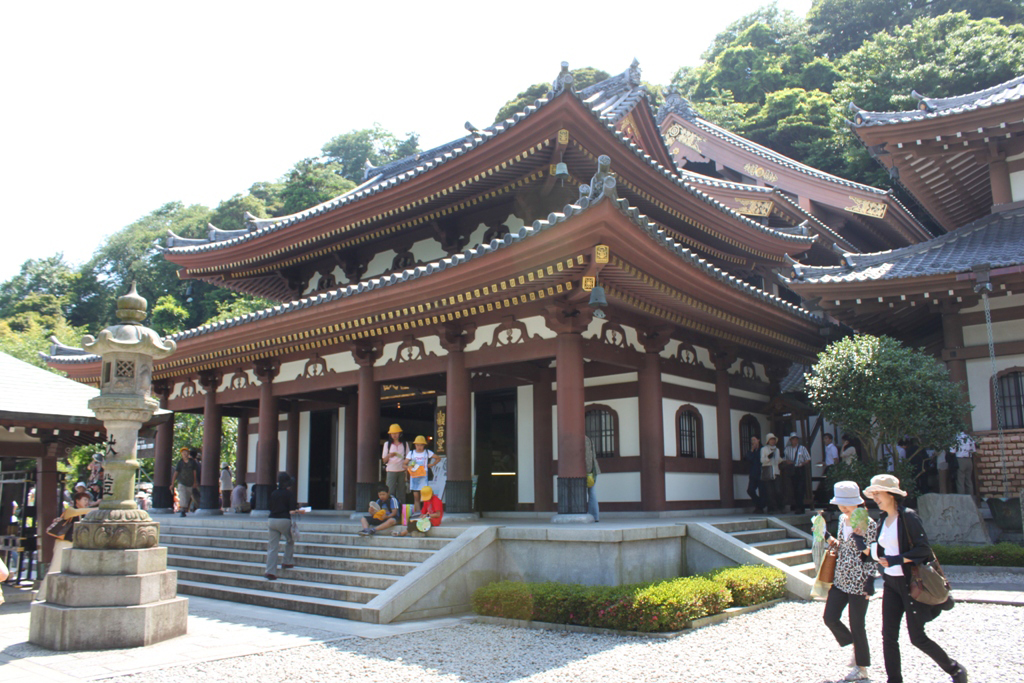
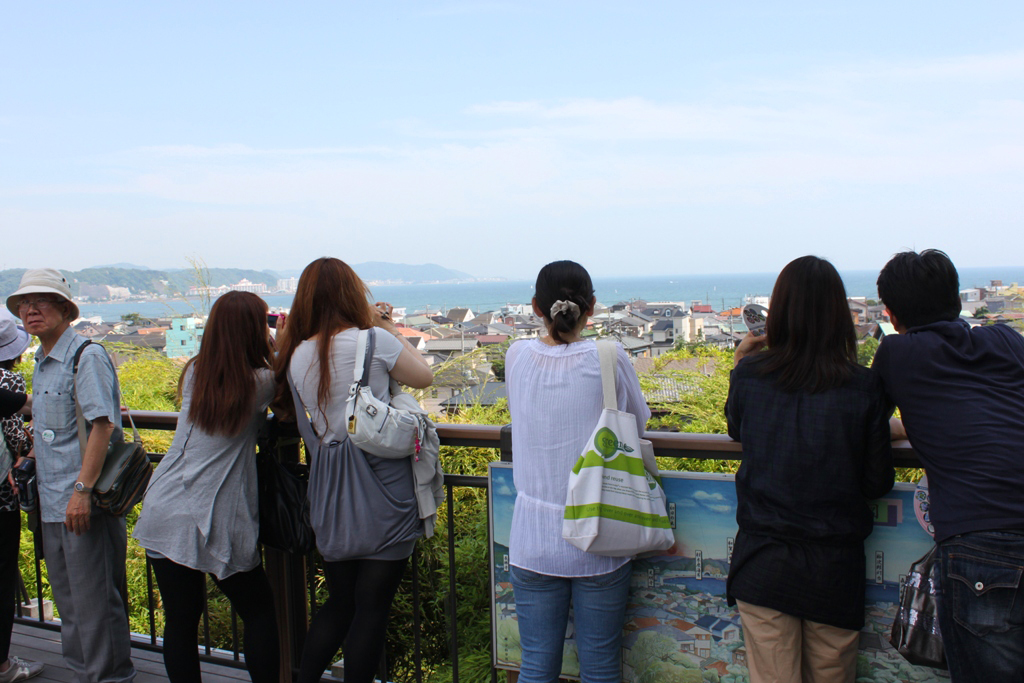

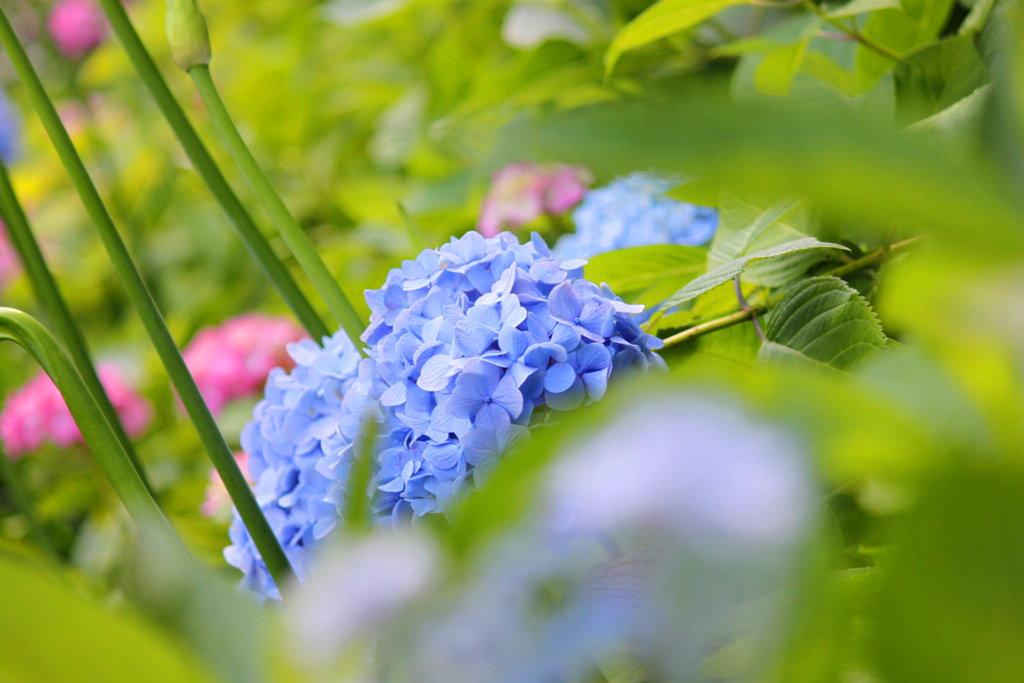
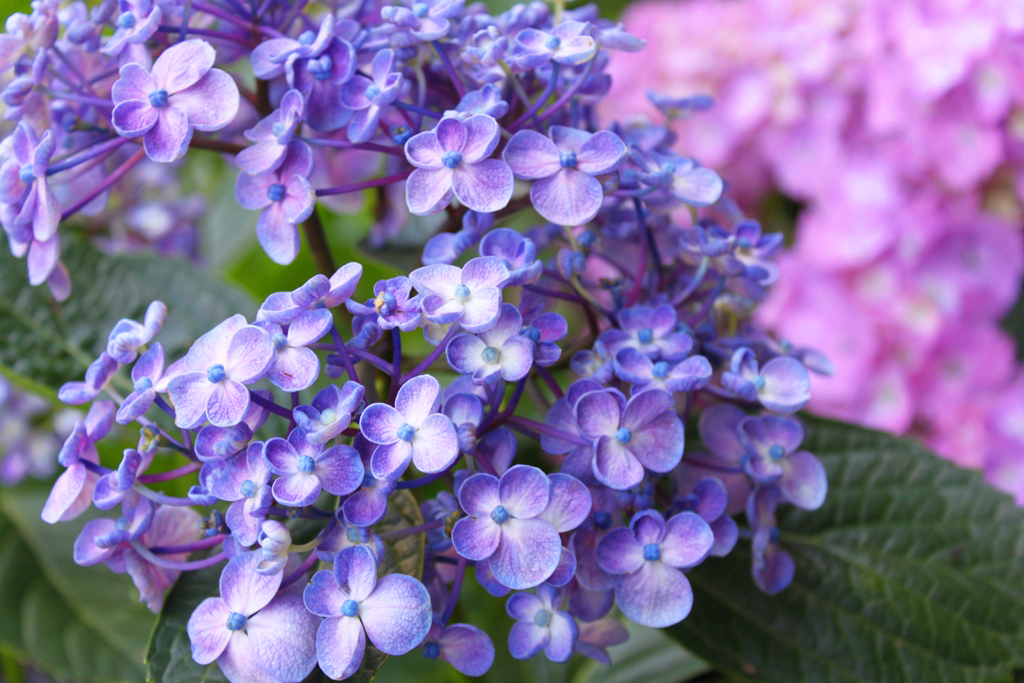
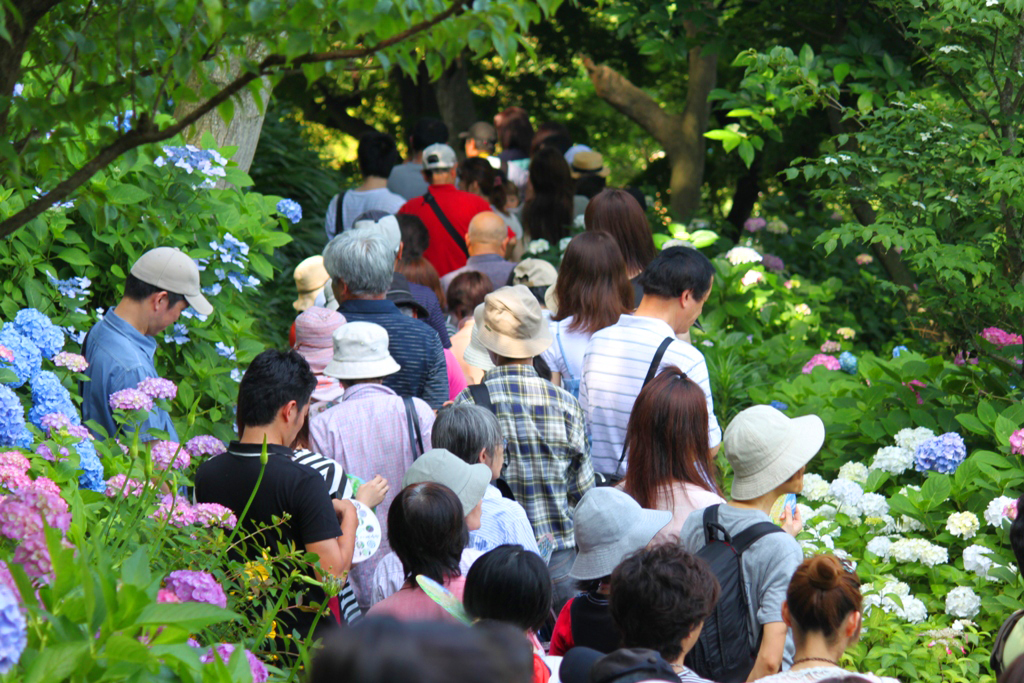
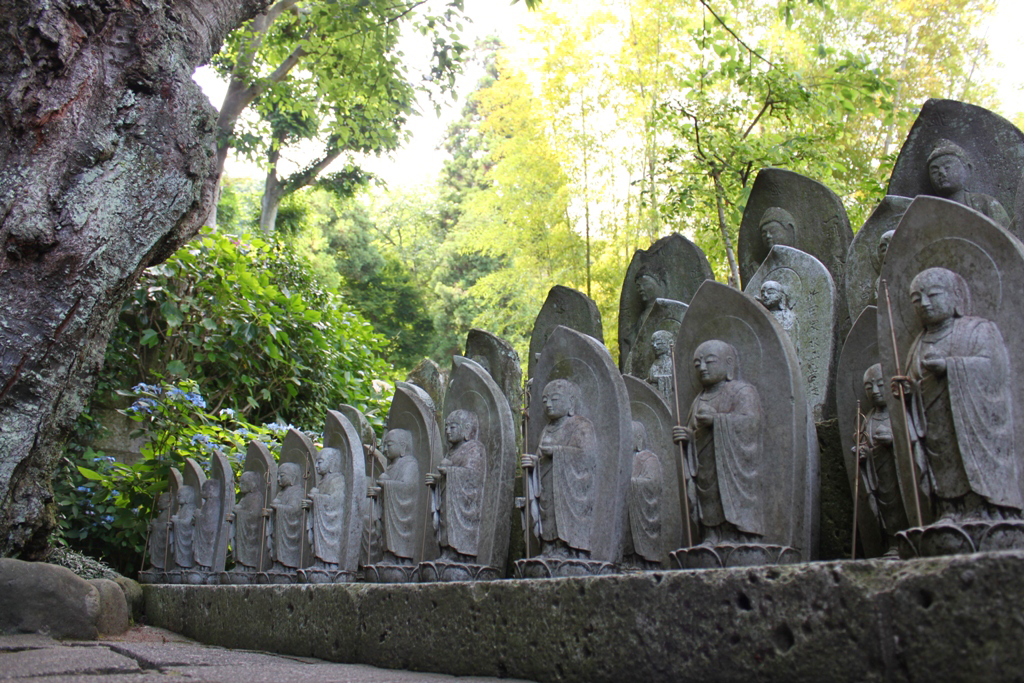
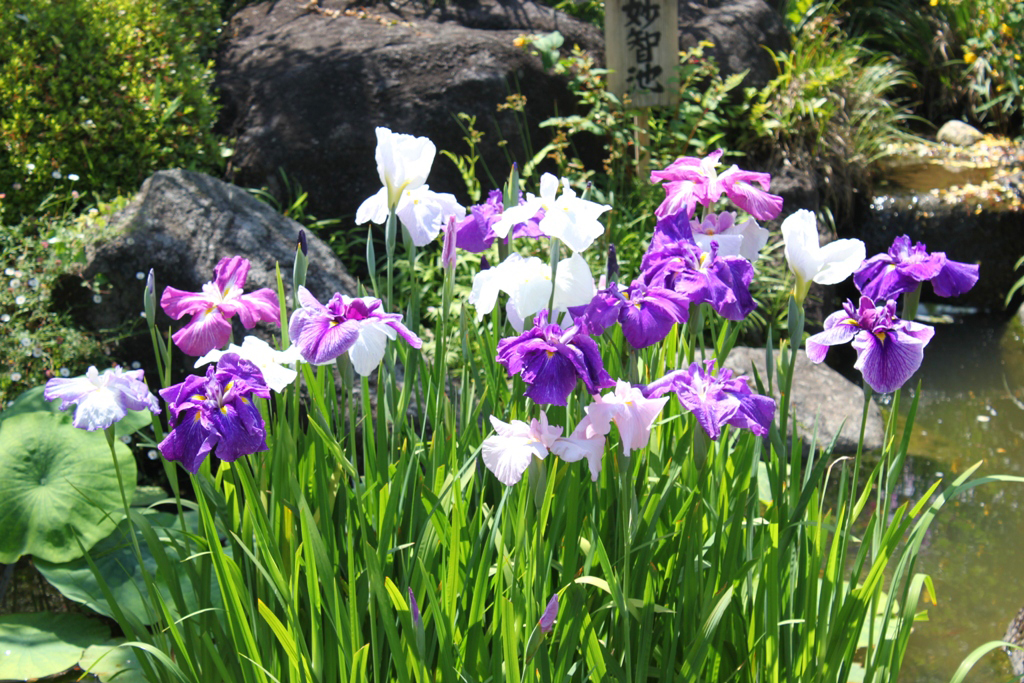
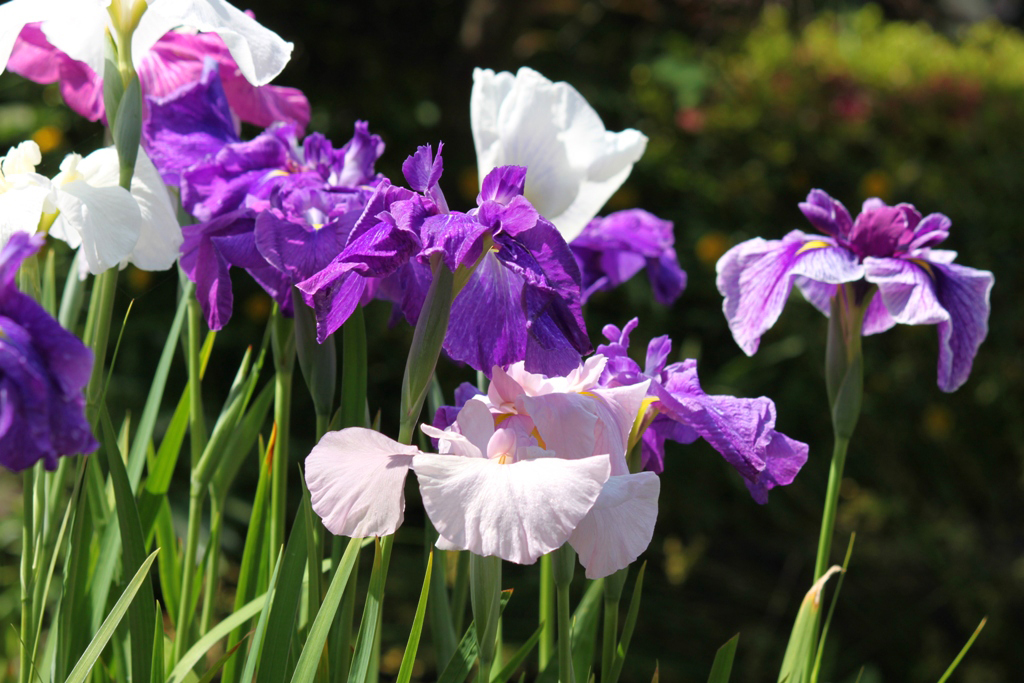
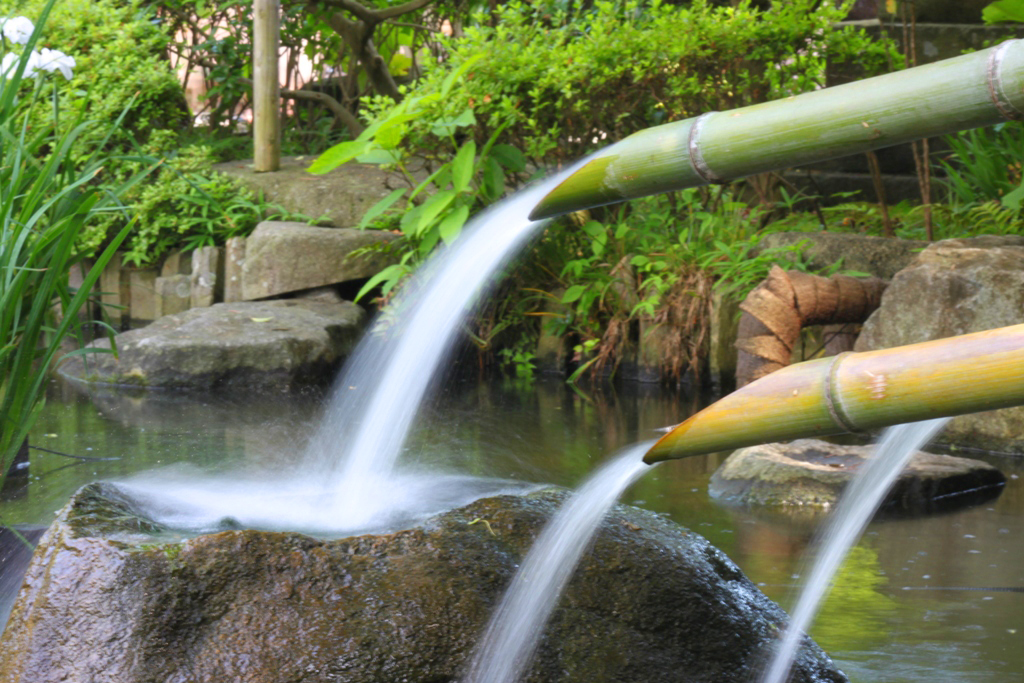
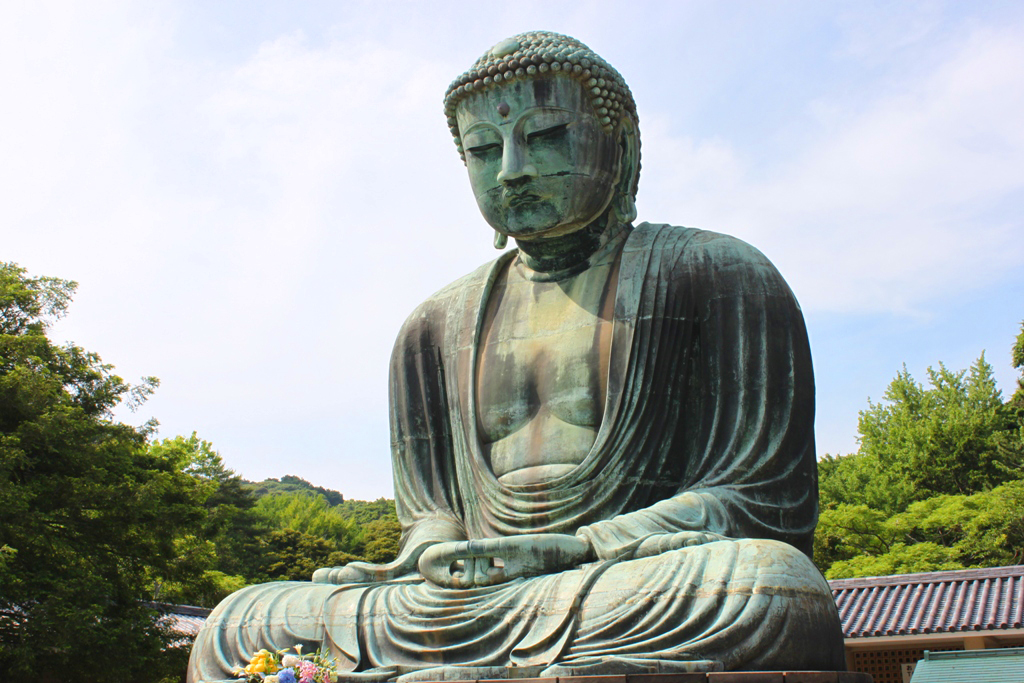
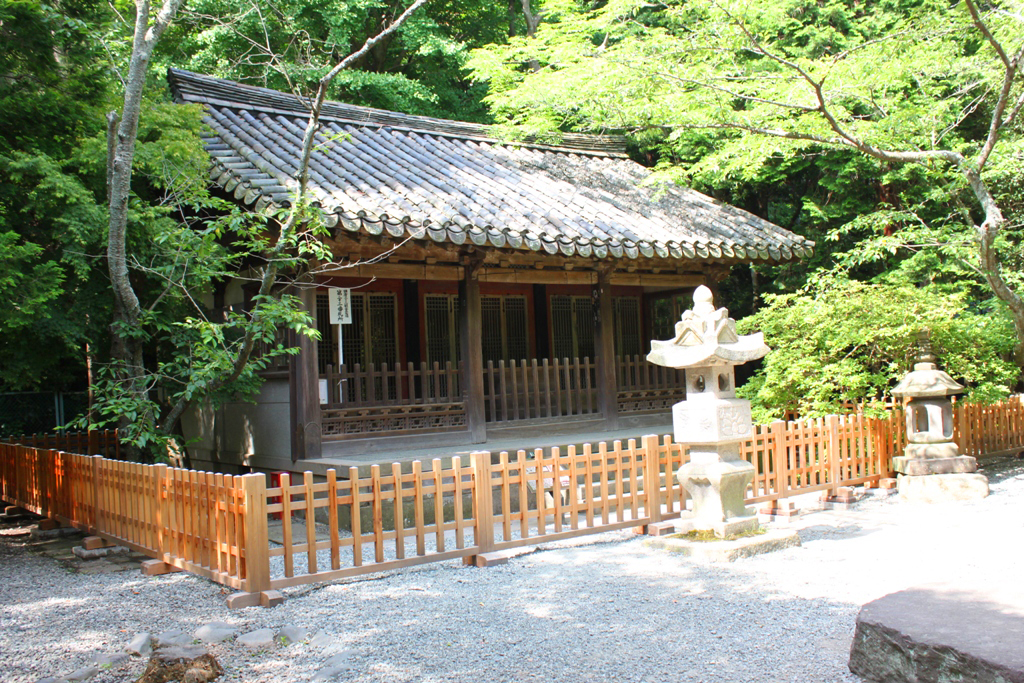
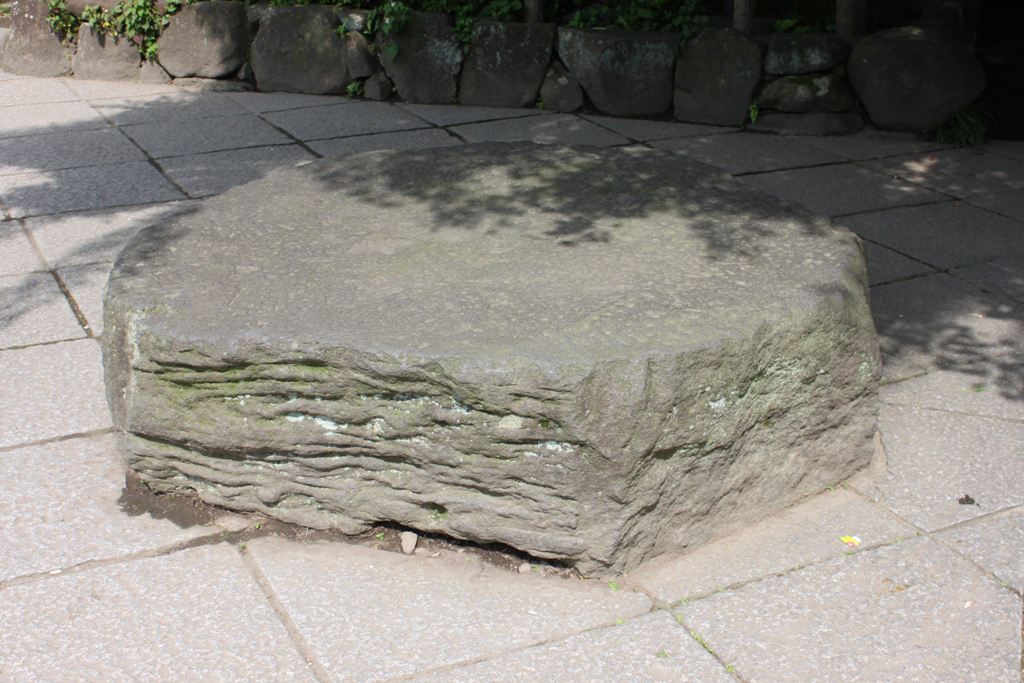

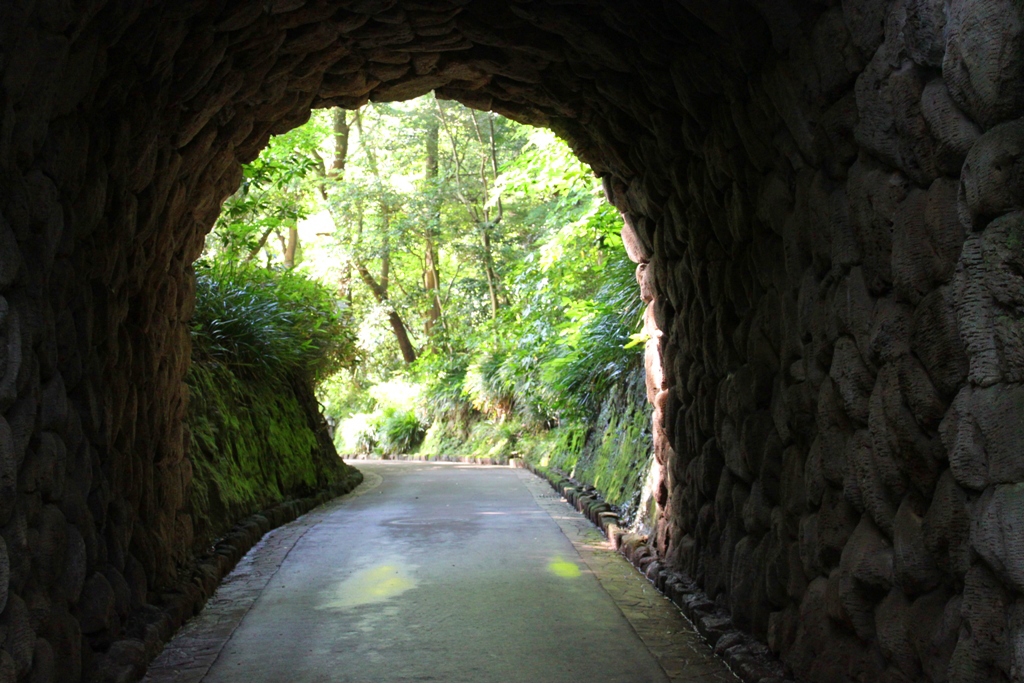
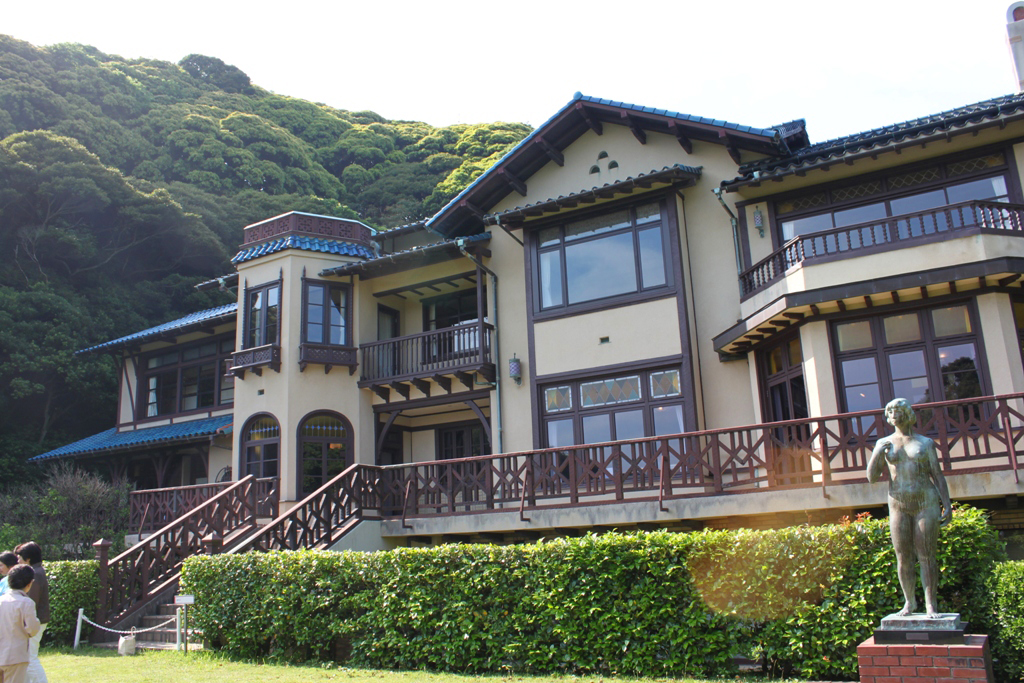
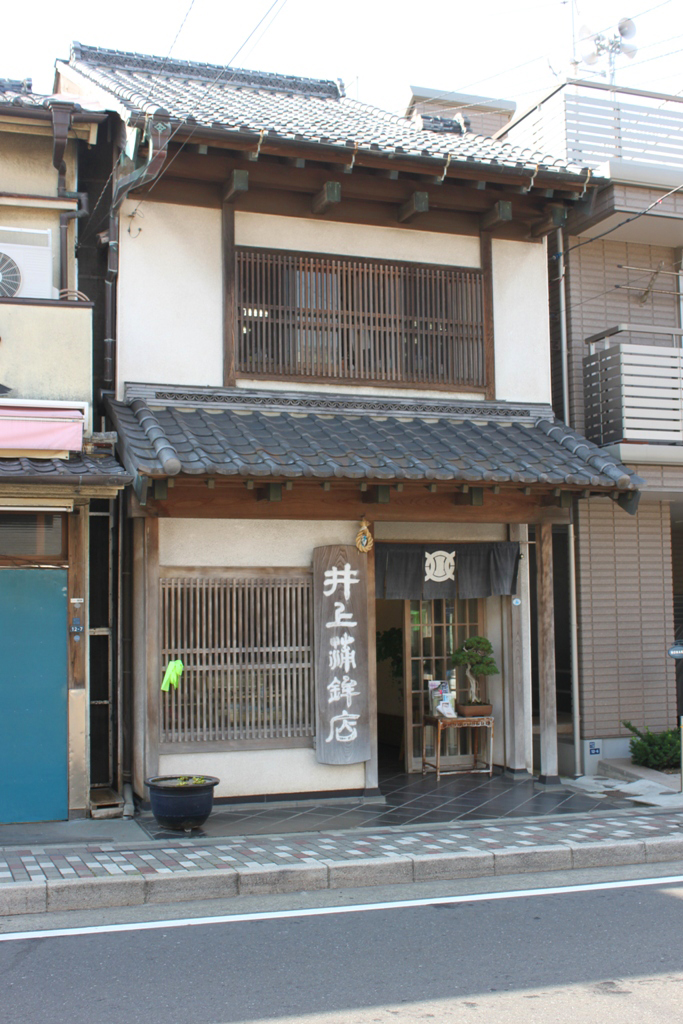
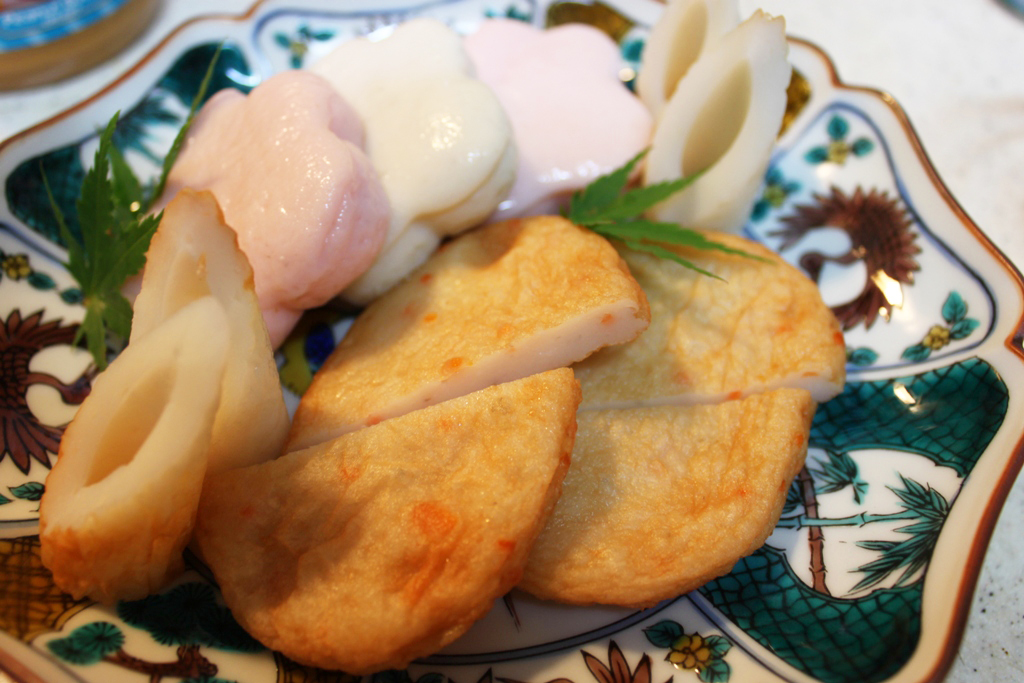
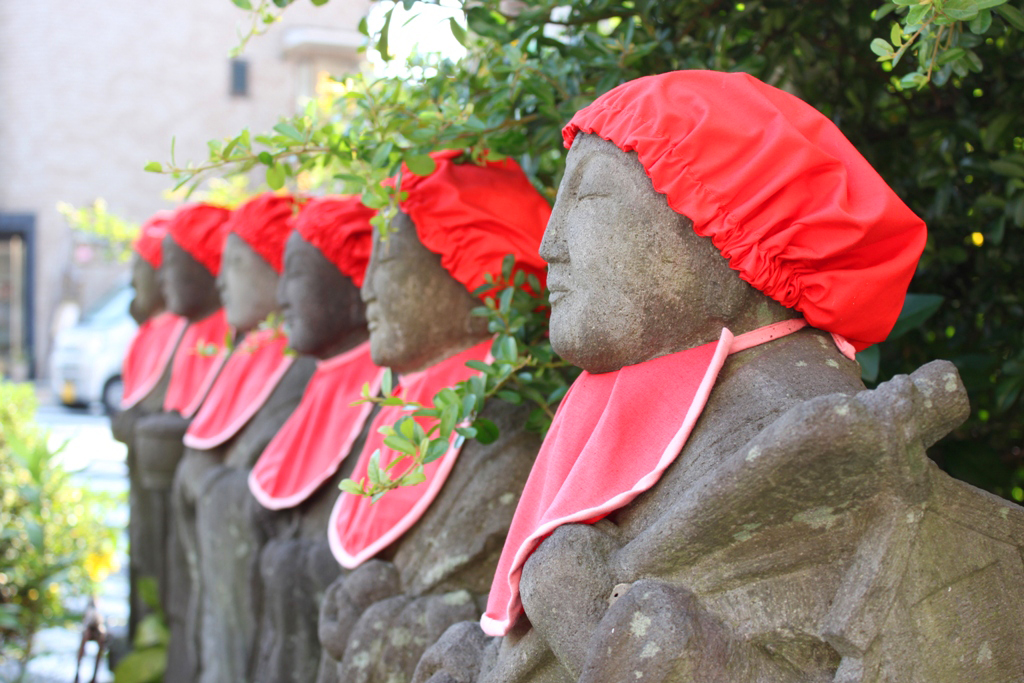
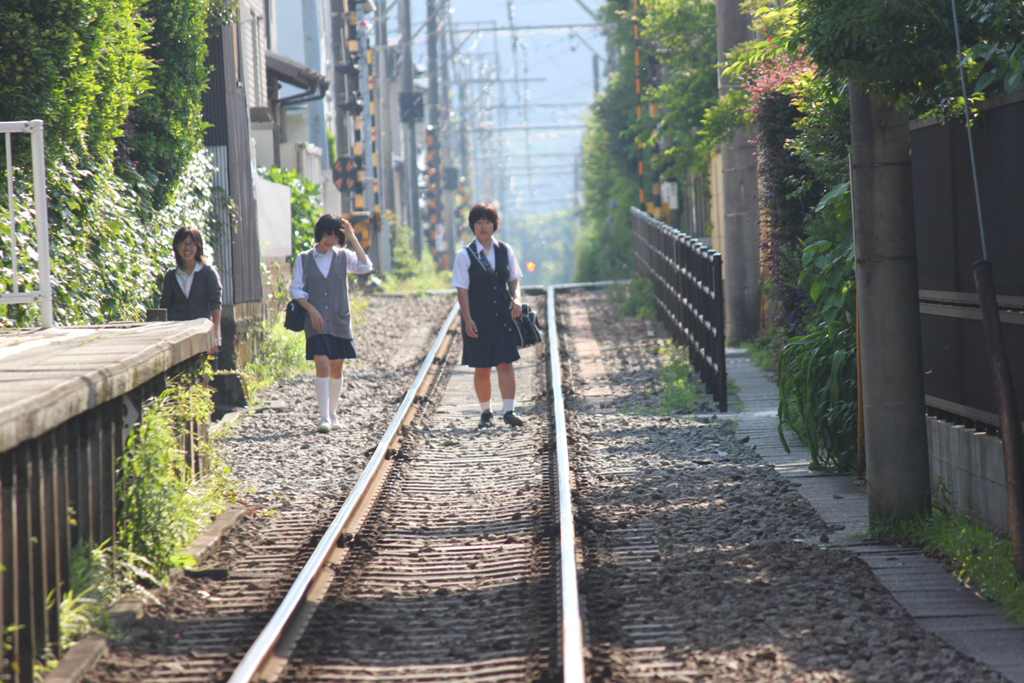











3 Comments
9жЬИ 7th, 2010 at 7:54 PM
Why do they dress up the Jizo statues?
11жЬИ 6th, 2010 at 2:55 PM
it’s so pretty….
11жЬИ 7th, 2010 at 8:23 AM
>yuuki2802
Thank you! Kamakura is nice to walk!
Leave a Reply